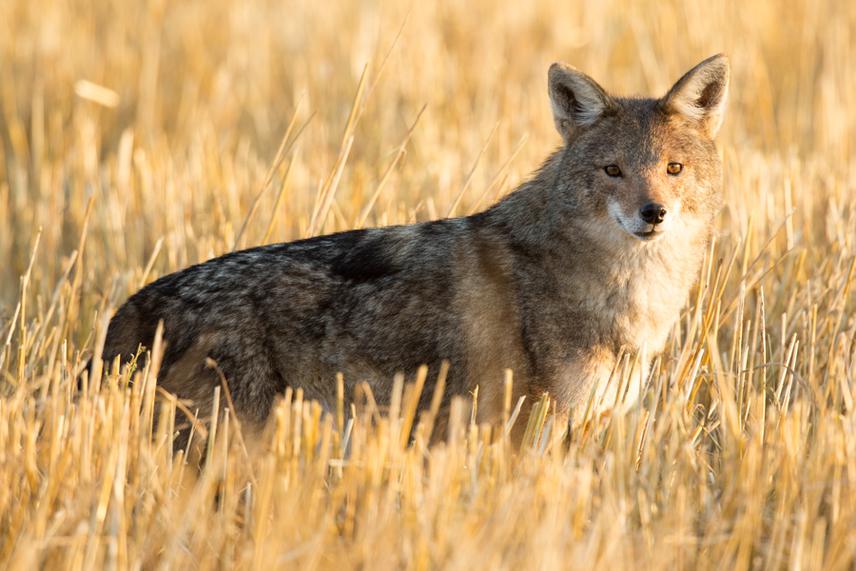Anagaw Atickem Meshesha
Other projects
23 May 2011
The Distribution Pattern and Behavioural Ecology of the Newly Identified Cryptic African Wolf
28 Jun 2017
Studies on the Cryptic Mammal Species of Africa (Canids and Suidea Family) and Human-Carnivore Conflict Resolution Techniques
This project aims to determine whether Golden jackal (Canis aureus) existed in Africa and locate the natural population of the genetically unique lions of Ethiopia from non-invasive molecular genetics.

African wolf, Bale Mountains. © Hakan Pohlstrand
Habitat loss and global climate change becomes increasing threat for the existence of many wildlife species across the globe. IUCN provide conservation status for wide range of mammals which has an important implication for prioritizing conservation efforts to endangered species. However, large proportion of all living organisms remains uncharacterized (Wilson, 2005) which makes the IUCN assessment difficult. Hence, clarifying the taxonomic uncertainties in animal taxon becomes increasingly important.
African wolf is reported from the Ethiopian highlands and latter in the western African countries (Rueness et al., 2011; Gaubert et al., 2012; Fig 1). Recently, we carried out a study on the distribution pattern of African wolf and sympatric “golden jackals (Canis aureus)”. We found the African wolf to be distributed across the country. However, no DNA conformation was found for the golden jackal (Canis aureus) presence. Hence, we questioned the existence of the golden jackal in Ethiopia. We also have enough reasons to question the validity of the former reports of golden jackal in Africa. African wolf is found in a very striking morphological variation that potentially leads to confusion on taxonomy which is based on morphological features. With this research, I aim to clarifying the taxonomy uncertainties of African canids and determine whether the Golden jackal (Canis aureus) existed in Africa.
Lions are currently categorized as Vulnerable by IUCN and face regional extinctions in several African countries (Bauer et al., 2012). Bauer et al. 2012 speculated less than 2000 individuals do exist in Ethiopia. However, no proper lion study was carried out in Ethiopia during the past. Information is mainly based on ad hoc reports. This study will provide important information on the distribution pattern and genetic variations of Ethiopian lions, also provide information on the natural resource of the genetically distinctive lions of the lions in Addis Ababa Zoo (Bruche et al., 2013). This population has been in captivity over 60 years originally owned by Emperor Haile Selassie. The natural source of this population is however controversial (Amin et al., 2006).
This project needs samples of canid across Africa, and collaborators interested to be enrolled in this project by supplying pellet or tissue samples are most well come.